[WR]F.A.Q - Summer Hatches - Part 1
Posted by Logan Griffith & Nick Teynor on Jun 19th 2025
Here in Utah and across the west, the water is dropping and beginning to stabilize after a fairly typical run-off season, and with the dropping water, comes much anticipation. For us here at Western Rivers, and any angler who enjoys watching a trout rise to a well presented dry fly, the next few months will offer some of the most thrilling moments of the season. Dropping water allows our rivers and streams, both freestone and tailwaters alike, to climb in water temperatures, and kick off our favorite hatches when they hit that magic water temperature. Since our local river residents have been on the high water "treadmill" for the past few weeks, this often results in strong, happy and hungry trout!
Every fishery operates on not only a different timeline, but also differs in terms of habitat for our aquatic insects. Getting to know which piece of water holds populations of which mayfly, stonefly, caddis species, and when they will emerge is one of the great joys of this sport. These moments are fleeting and those who pay attention, take notes, make observations and commit themselves year after year in pursuit will be rewarded. Work schedules get changed, sports games are skipped, and husbands and wives are left standing in the driveway saying "seriously, again?!" as we head back out, looking for bugs and the fish that eat them.
Follow along in our latest Western Rivers Frequent Angling Questions or [WR]F.A.Q's as we dive in to Summer Hatches - Part 1.
1. When do we start seeing hatches of Green Drakes, Golden Stoneflies, Salmonflies and otherwise in the state and surrounding areas?
Summer “big-bug” hatches usually kick-off once the run-off/high water season winds down, and water temperatures reach 55-65 degrees. Salmonfly hatches usually take place in May-Early June in Utah, and June-July across the other western states. Once the Salmonflies have rolled through, the Green Drake mayflies and Golden Stones are not far behind, and fish are definitely looking for the nymphs as they move closer to the edges before hatching.
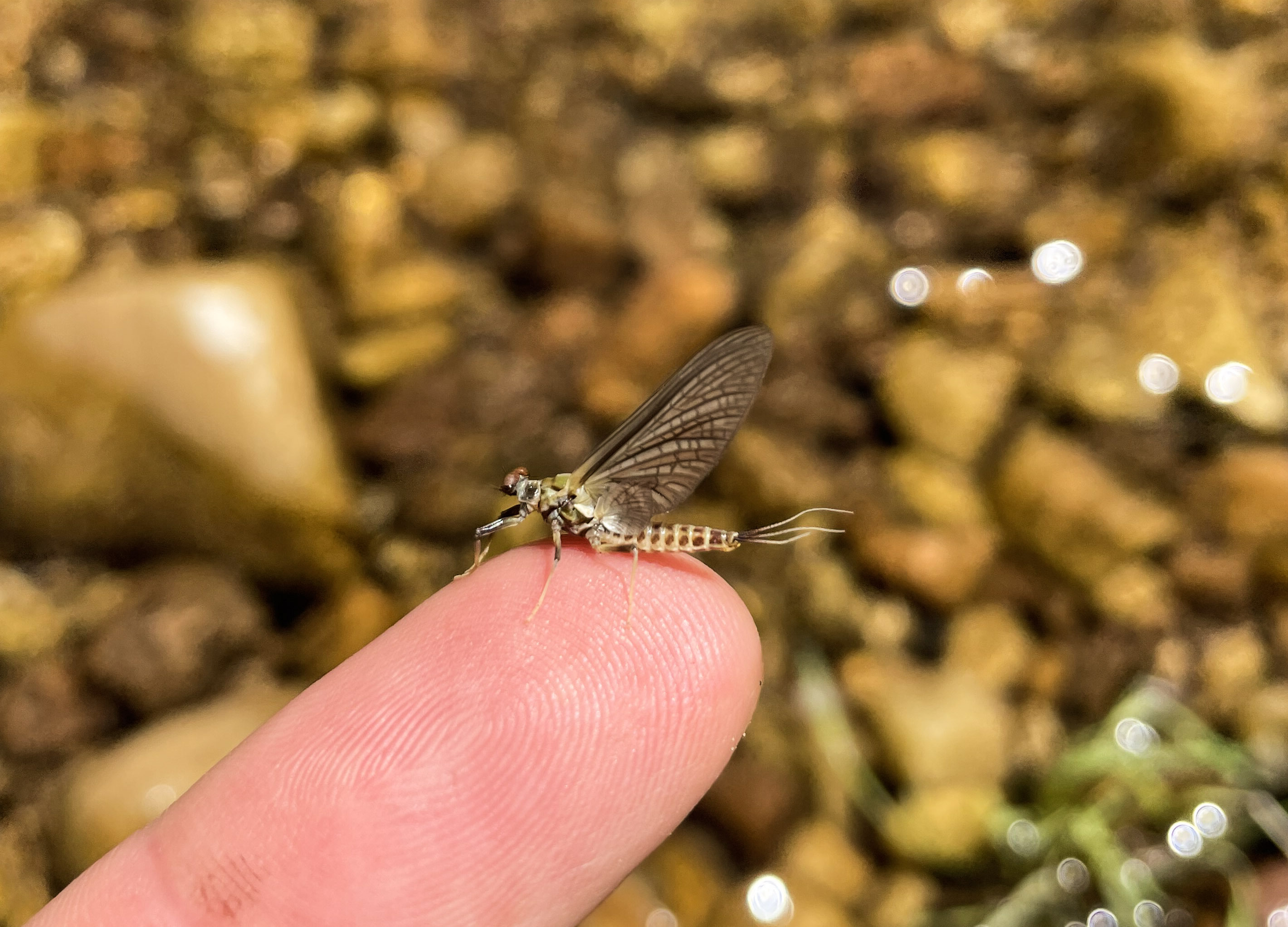
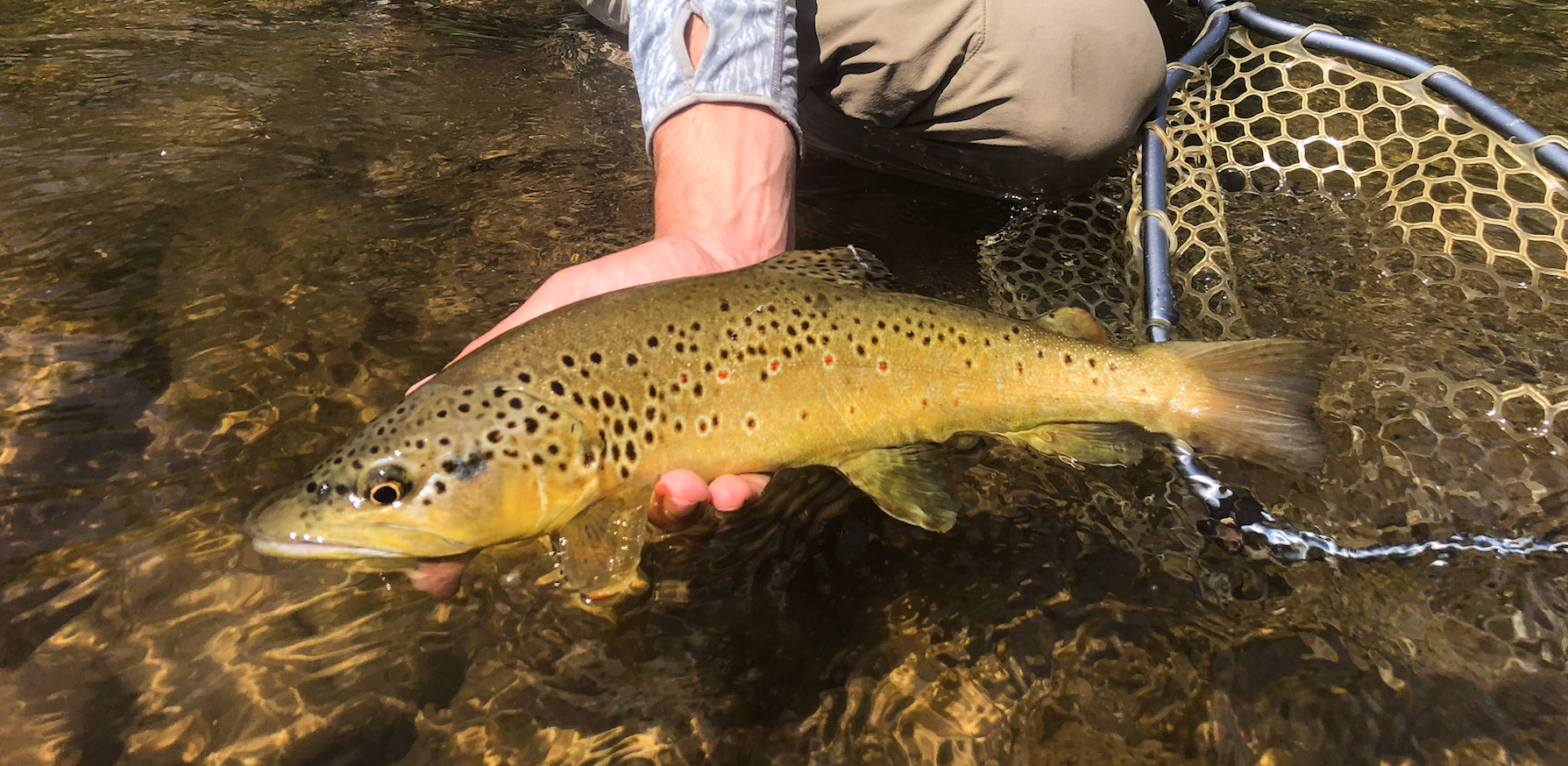
The right water temps for finding bugs often feel pretty good on the legs, too. When you find yourself hunting actively feeding fish, wade conservatively as lots of these fish move in to extremely shallow feeding lanes.
2. How long do these hatches last?
These hatches are very weather and water dependent. Stoneflies, particularly Salmonflies, are notorious for being very susceptible to changes in the weather and water conditions, and as a result we’re lucky if we get 1-2 weeks of bug activity. With Green Drakes and Golden Stones, 2-3 weeks of fishing is about the average, but weather and water conditions can delay or accelerate the hatch too.
Many hatches are intense, fleeting, and will begin lower in the river corridor where the water has warmed a couple of degrees, and then the bugs will work their way up the river system. This means that one day the epicenter of the emergence may be on one section of water, and the next day it has moved upstream. For this reason, hitting the hatch right on the head can be difficult and often requires guessing, checking conditions, and recon to make the best decisions for where to fish and when.
3. What kind of water do I look for these bugs in?
All of these insects love cooler, oxygenated water; which means you’ll find a majority of the nymphs in riffles and the heads of runs. Stoneflies, in particular, love fast riffles and pocket-water, and will crawl out onto gravel bars, rocks, bridges, etc. to dry their skins and emerge. One way to look and see if stoneflies have been hatching, is to look for the hollow, dried out nymph shucks stuck to the aforementioned areas. You see those, it’s a good bet stones have been hatching. Green Drake nymphs will migrate close to the river's edge prior to emergence, so flipping over some rocks near the bank can give you an idea how close the bugs are to hatching.
4. How early in the season can I start nymphing with representations of these insects?
The nymphs are available to the fish virtually 9-10 months of the year, but in reality, these nymphs become really important to the fish a month or so out from emergence, as they start to migrate to the river's edge. Green Drake and stonefly nymphs are very strong crawlers, and they live under the rocks until it’s time to move closer to the banks. So until they leave the safety of the rocks, they are not available to open predation from the fish. Once they start to migrate en masse, however, more of them end up getting knocked off the bottom via the river current, and the fish definitely key on them.
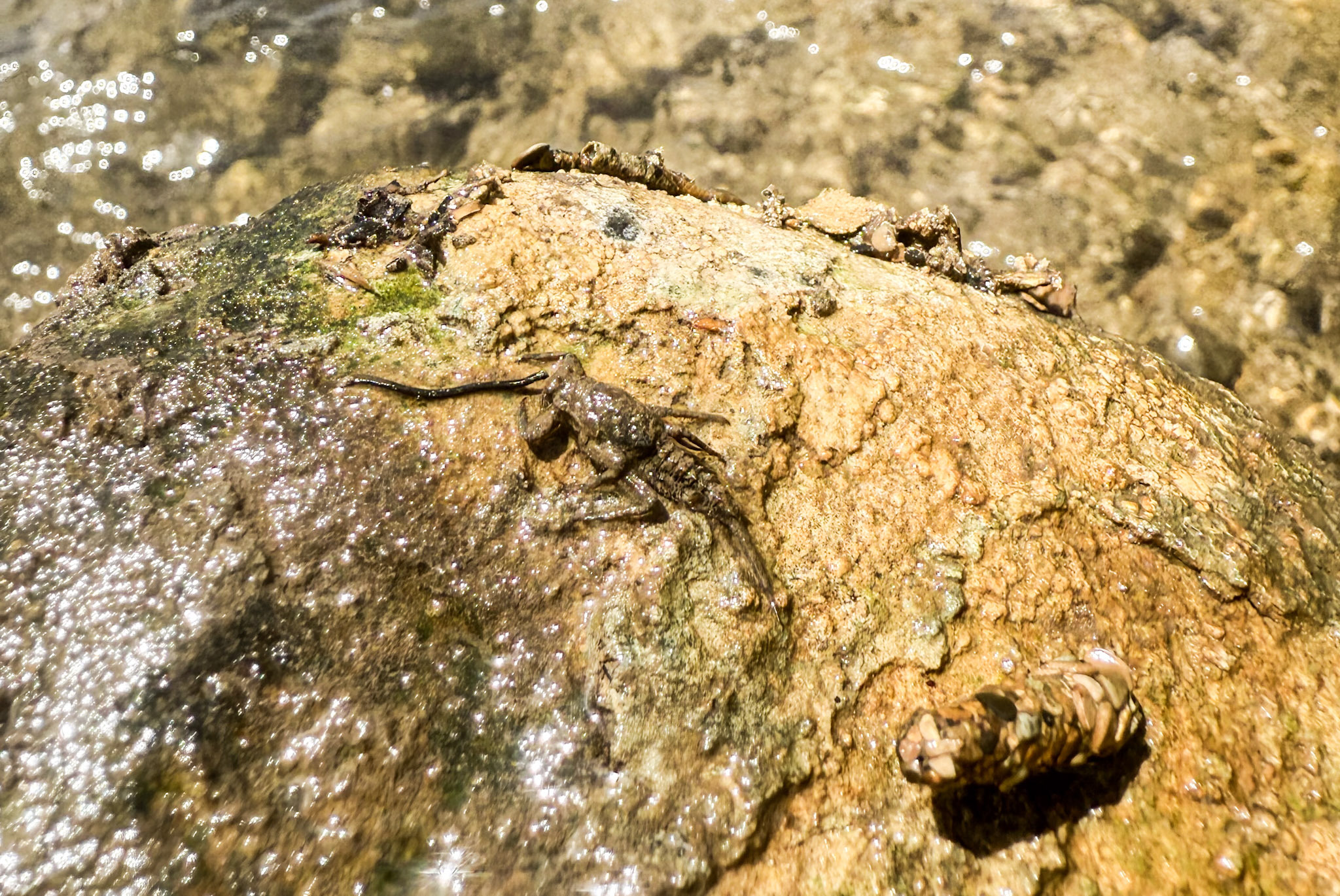
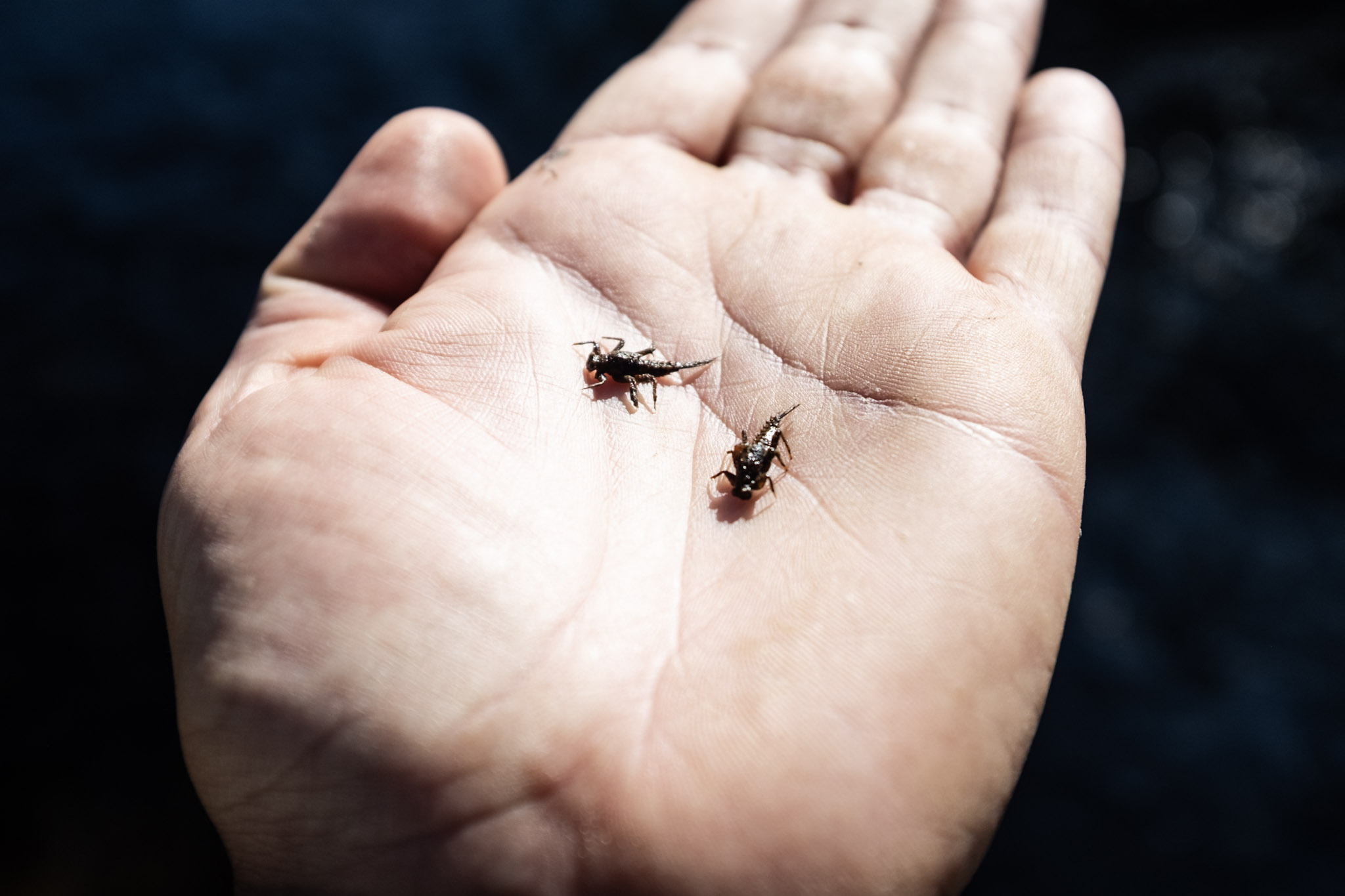
Flipping rocks is a fun and timeless method of figuring out what's going on. Drakes that are mature and ready to hatch will be closer to the bank & dark in color.
5. How can I tell whether a fish is keyed in on this bug or that one?
How the fish are rising / not rising can help you figure out what to use. When drakes are hatching, you will see the bugs on the water or in the air, and you will see fish rising to the cripples or emerging duns with a confident, slower rise-especially on cloudier days. You also typically will see drakes emerge in the "softer" water (i.e. slower water and current seams of runs, pools, tailouts, etc.), as they need the slower currents to have a successful emergence. Stoneflies typically elicit more aggressive, splashy rises from the fish, and since the bugs stick closer to the river's edge, that’s typically where you’ll see the higher concentration of stonefly adults and fish looking for them.
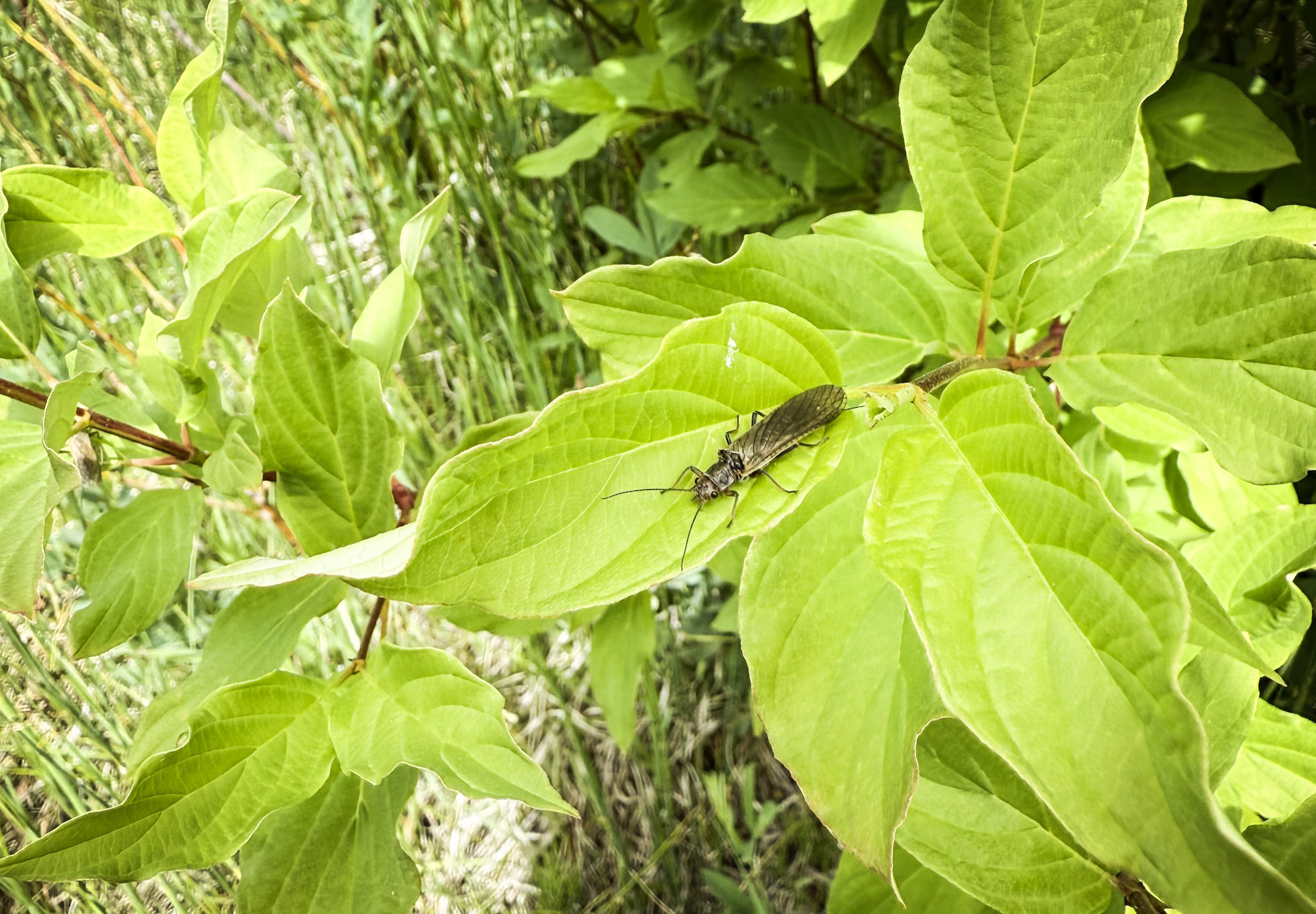
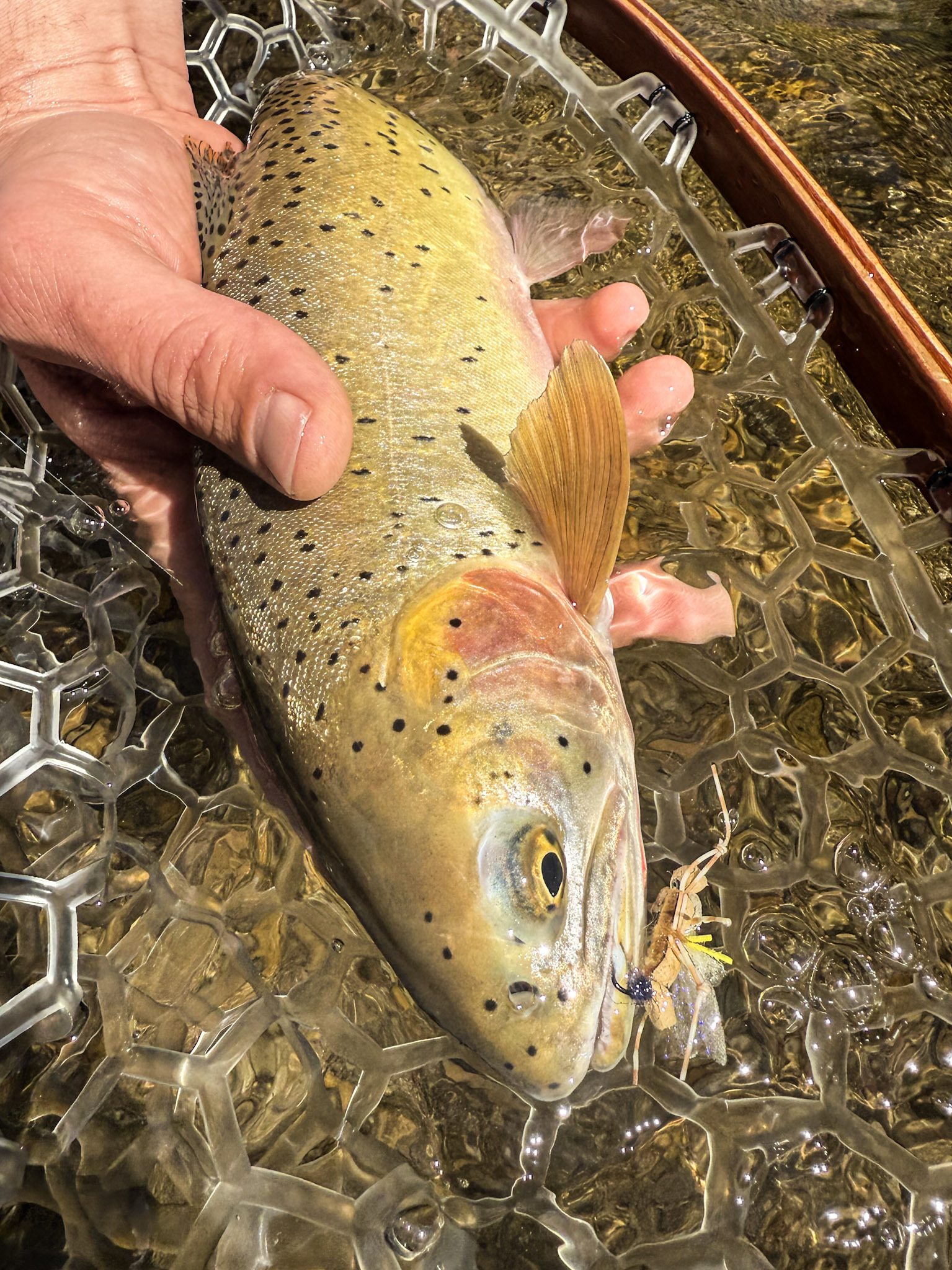
You're not always going to find fish actively rising to stoneflies. If you find some around, though, there's a good chance the fish know they're there too!
6. What weather conditions favor mayfly hatches vs. stoneflies?
In general, you get better hatches for mayflies on cooler, cloudier days, whereas warm, windy days are excellent for prospecting with a stonefly dry. All mayfly species hatch longer and in more numbers when the weather is cooler, and if there are any clouds or rain, it takes their wings longer to dry. This keeps them on the water longer, and more susceptible to getting eaten.
Stoneflies, on the other hand, love the heat. They need warmer weather to help them get moving, and if there happens to be any wind, the chances of them getting knocked out of the willows or out of the air goes up exponentially. Prospecting with stoneflies along the river's edge during the heat of the day, and in the “soft water” amongst the pocket water, can be good-great.

The Green Drakes we see in Utah are considered the "Colorado Green Drake" (Drunella Doddsi) and while they are brighter in color immediately after hatching (pictured above) they are typically more grey in color and differ from the Western Green Drake (Drunella Grandis) which takes on a brighter green and are more commonly seen in Idaho, Montana etc...
7. What size leaders & tippet should I bring fishing?
The diameter of the leader and tippet you fish is ultimately determined by the size of the fly you’re fishing. A simple formula for helping anglers rig better is the following:
Hook size of your fly, divided by 3, tells you what your leader and tippet should be.
Most of the Green Drakes we fish around here, and the west, are tied on #12 hooks. So, if you use the formula, #12 fly / 3 = 4X Leaders and Tippets. The more open the water, the longer the leader we’d recommend you use (9’-12’), and smaller water requires shorter leaders (6’-7.5’). Some of our favorite patterns are the Hair Wing Green Drake, Timmy's Green Drake, Stealth Link, and WRF's house pattern: The Impearsonator.
For Salmonflies and Golden Stones, fly sizes will usually range from #4-#6 for the Salmonfly and #8-#10 for the Goldens. In short, these large flies will need a shorter, stouter leader to help cast them more efficiently, which is why a 7.5' 2X-3X leader is our go-to for efficiently presenting them. If we were to apply our little formula to help pick an appropriate leader/tippet size, #6 fly / 3 = 2X Leaders / Tippet for the Salmonflies, and 3X leaders and tippets for Golden Stone nymphs and dries. Effective stonefly patterns that we like are the Water Walker, Bullethead Golden, Outrigger Sally, and of course a gold Chubby Chernobyl.
For a more in-depth dive in to the gear we like for fishing dry flies and chasing hatches around the west, check out our
Summer Hatches Gear Guide HERE!
Stay tuned for Summer Hatches - Part 2 as well as more of these features which seek to highlight and de-mystify some of our favorite angling opportunities each year across the local waters as well as techniques, gear and other parts of the game. And as always, stop by to chat, share stories and pick our brains any time! Coffee is on!



![[WR]F.A.Q - Summer Hatches - Part 1 [WR]F.A.Q - Summer Hatches - Part 1](https://cdn11.bigcommerce.com/s-8uk8w4kj9b/images/stencil/460x250/uploaded_images/screen-shot-2025-06-19-at-4.38.59-pm.png?t=1750372762)
